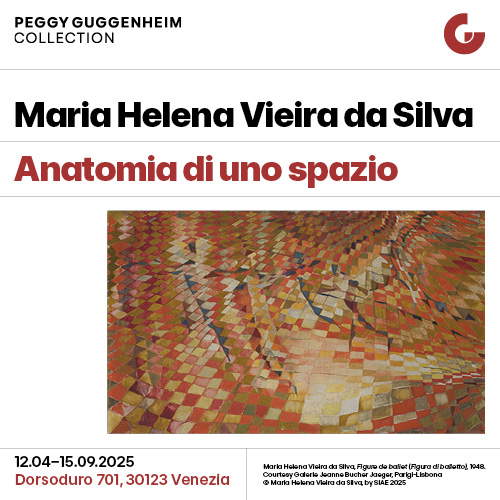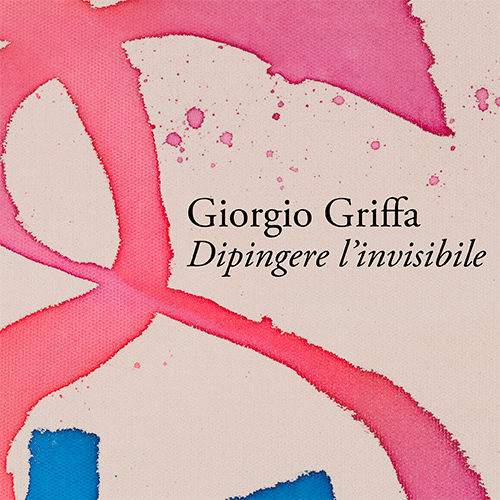
St. Rombald's Cathedral in Mechelen, a masterpiece of the Brabant Gothic style
The city of Mechelen, in Flanders, holds in its historic center a building, the Cathedral of St. Rombald, that can be considered a pivotal monument of local culture, as well as a masterpiece of Brabant Gothic.
By Redazione | 23/04/2025 14:50
The city of Mechelen, in Flanders, guards in its historic center a building, the Cathedral of St. Rombald, that can be considered a pivotal monument of the local culture: this church is not only the spiritual fulcrum of the city, but can also be said to be a silent witness of its alternate historical events. Its famous tower, however unfinished, has stood for centuries, at 97 meters high, as a physical and symbolic landmark in the urban landscape, a landmark that can tell a story of faith, art, destruction and rebirth.
Construction of the church began shortly after 1200, on a pre-existing worship area, with the ambition to create a structure capable of surpassing all the surrounding parishes in grandeur. From its origins, in fact, St. Rombaldo's was conceived as a church destined to become the largest in the city. The building was consecrated in 1312, when the choir, transept and the first three bays of the nave were completed: the church could thus be dedicated to the Irish missionary Rumoldus, known as Rombald of Mechelen (or, in French, Rombald of Malines), who lived in the 8th century and evangelized Brabant, the land in which the city is located (Rombald, according to tradition, died in Mechelen itself in 775). But its transformation into a cathedral came only in 1559, with the creation of the diocese of Mechelen.
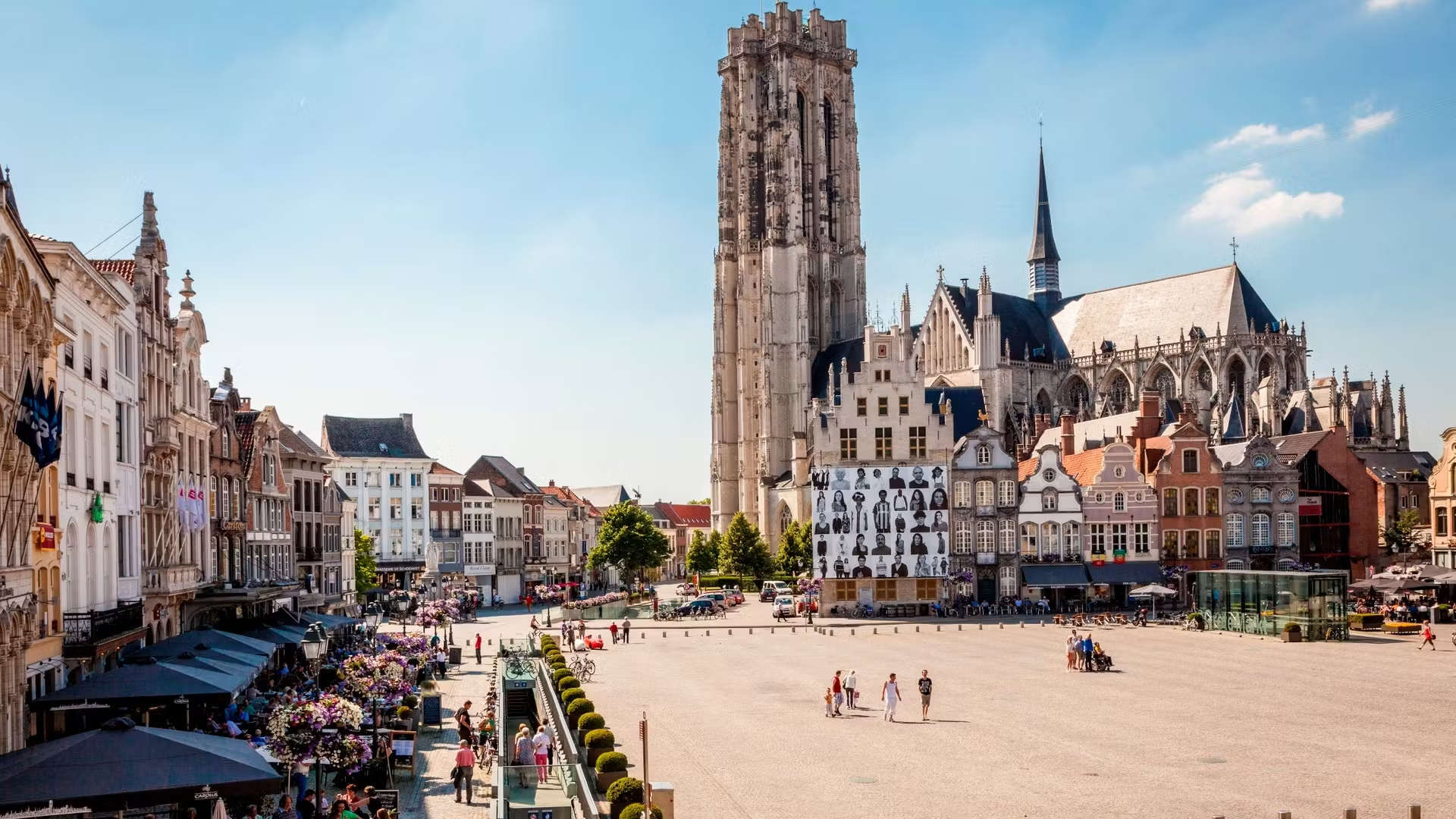
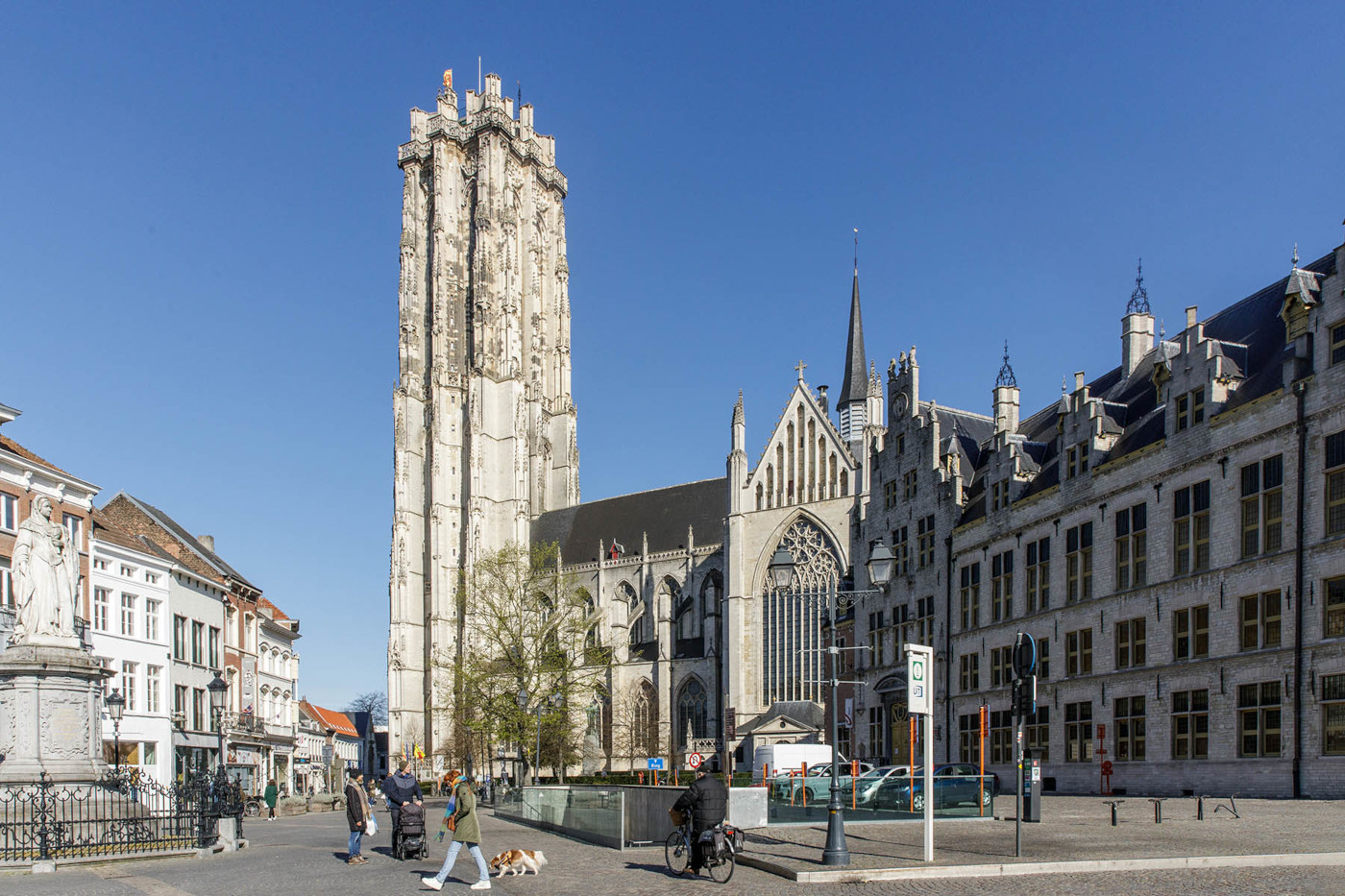
Architectural evolution: a symbolic building of the Brabant Gothic style
During the 14th century, the church underwent a profound stylistic renovation that transformed it into the first major example of Brabant Gothic. This style, which would indelibly mark the sacred architecture of Flanders, found in Jean d'Oisy one of its main interpreters. It was he who directed the renovation of the church after the fire that struck the city in 1342, and it was thus he who raised the nave and chancel and designed the ambulatory adorned with seven radial chapels, giving the complex a grand and coherent layout.
When the architect died in 1375, work continued for decades: the vaults of the nave were completed in 1437, those of the choir in 1451. The stylistic solutions adopted for St. Rombald's were later imitated in other houses of worship, a sign of the relevance the project assumed for the entire Brabant area. The complex soon became an architectural model.
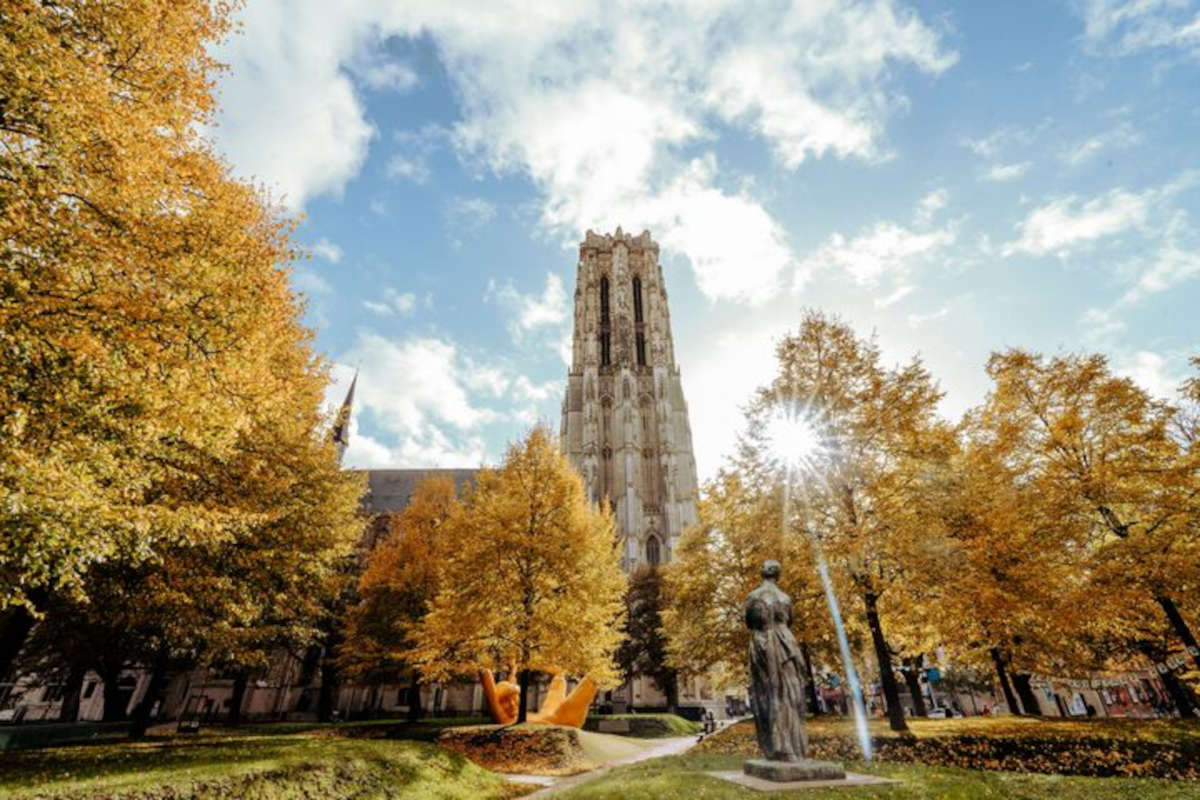

The unfinished tower, an interrupted dream of greatness
It is the tower that makes St. Rombald's Cathedral unique. Its design, entrusted to Jan II Keldermans, called for a height of 600 feet, or about 167 meters (plans are preserved). The start of work is dated May 22, 1452, with the laying of the foundation stone. The foundations, solid and monumental, testified to the ambition of the work, but as the religious wars progressed and means became increasingly scarce, work slowed to a complete halt in 1520.
In 1546 a dramatic event closed the affair for good: the explosion of the city's powder magazine destroyed one-third of Mechelen, killing about 200 people and decreeing the abandonment of the project. The tower was left at the height of 97.28 meters, but it still became one of the most recognizable symbols of the city and the whole of Belgium. Over the centuries, its function went far beyond that of a simple bell tower: it became beffroi (i.e., civic tower), watchtower, and keeper of the city's most important documents. Today, the tower is open to the public: in fact, one can climb all 538 of its steps to reach the platform at the top, from which to admire the view of the city.
Also inside the tower are the 49 bells , among them the Salvator, a monumental bell weighing nearly nine tons, Jehsus, cast in 1460, and Liberation, added after World War II. In all, it is a carillon of more than 80 tons, still functioning today (although only the largest bells still swing). As you climb the steps to the top of the tower, you pass through rooms that tell the story of the city's past and of the carillon itself. The final walkway provides an exceptional panoramic view: on a clear day, you can even make out the spheres of the Atomium in Brussels.
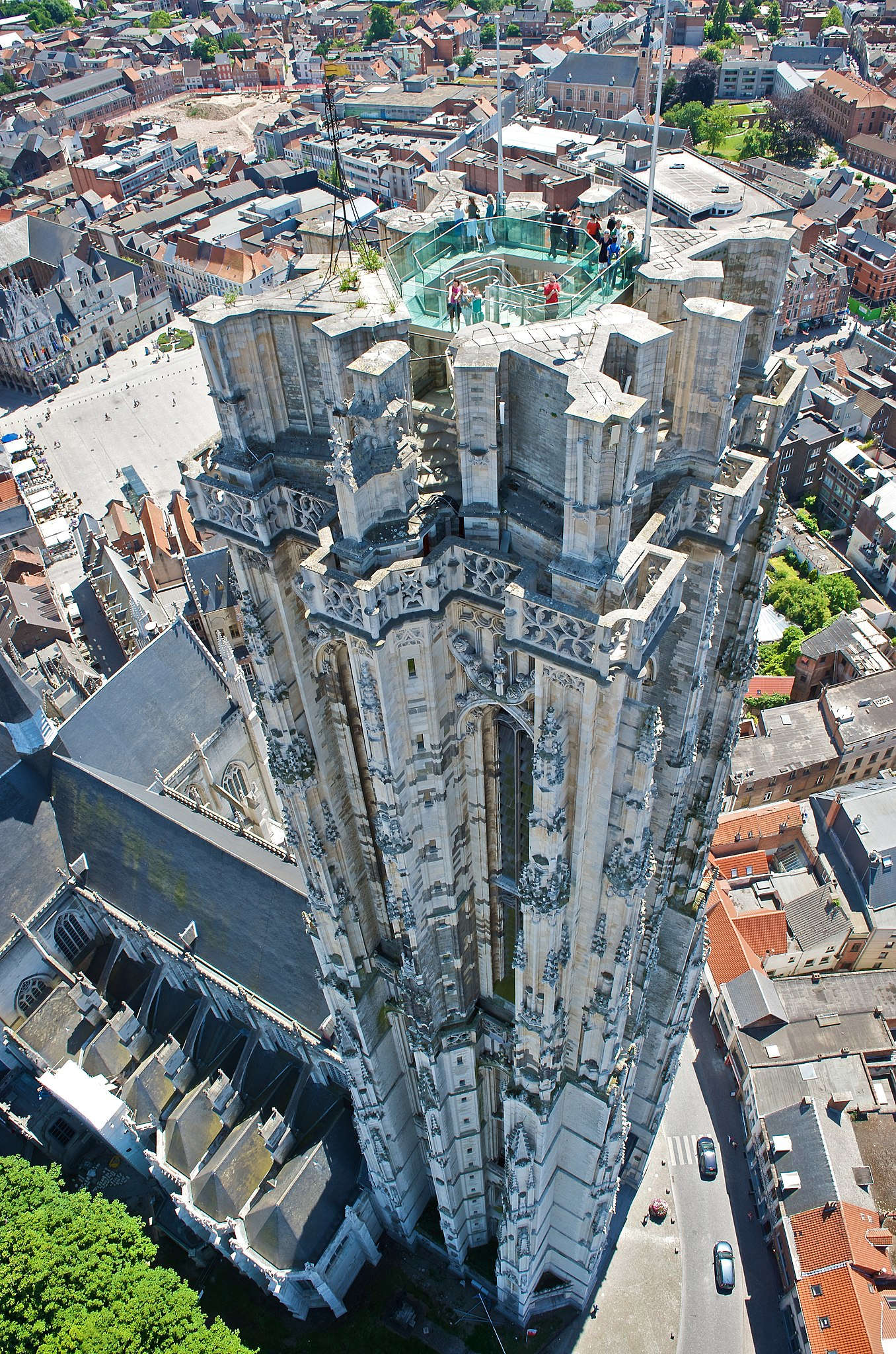

The destructions and rebirths of a building
Over the centuries, St. Rombald's Cathedral has suffered numerous destructions. The religious wars of the 16th century were among the most devastating: in 1580, during the Massacre of Mechelen, a devastating event during which the Calvinists of Brussels, aided by English mercenaries, violently conquered the city, subjecting it to raids and looting, the interior of the cathedral was also looted by mercenary troops. The Gothic furniture, which included some 40 finely decorated altars, was largely destroyed. The relics were dispersed, although later recovered through the intervention of the faithful.
From 1580 to 1585, during Calvinist rule, the cathedral was transformed into a Protestant church. Catholic liturgical furnishings were removed and the building radically changed its function. The return to Catholicism took place on August 4, 1585, but the wounds of that period remained evident. Further depredations occurred during the Napoleonic invasions, in 1792 and 1794. The 20th century brought with it new disasters: World War I and a major fire in 1972 caused extensive damage, but even in these cases the cathedral was restored with care and respect for its historical identity.
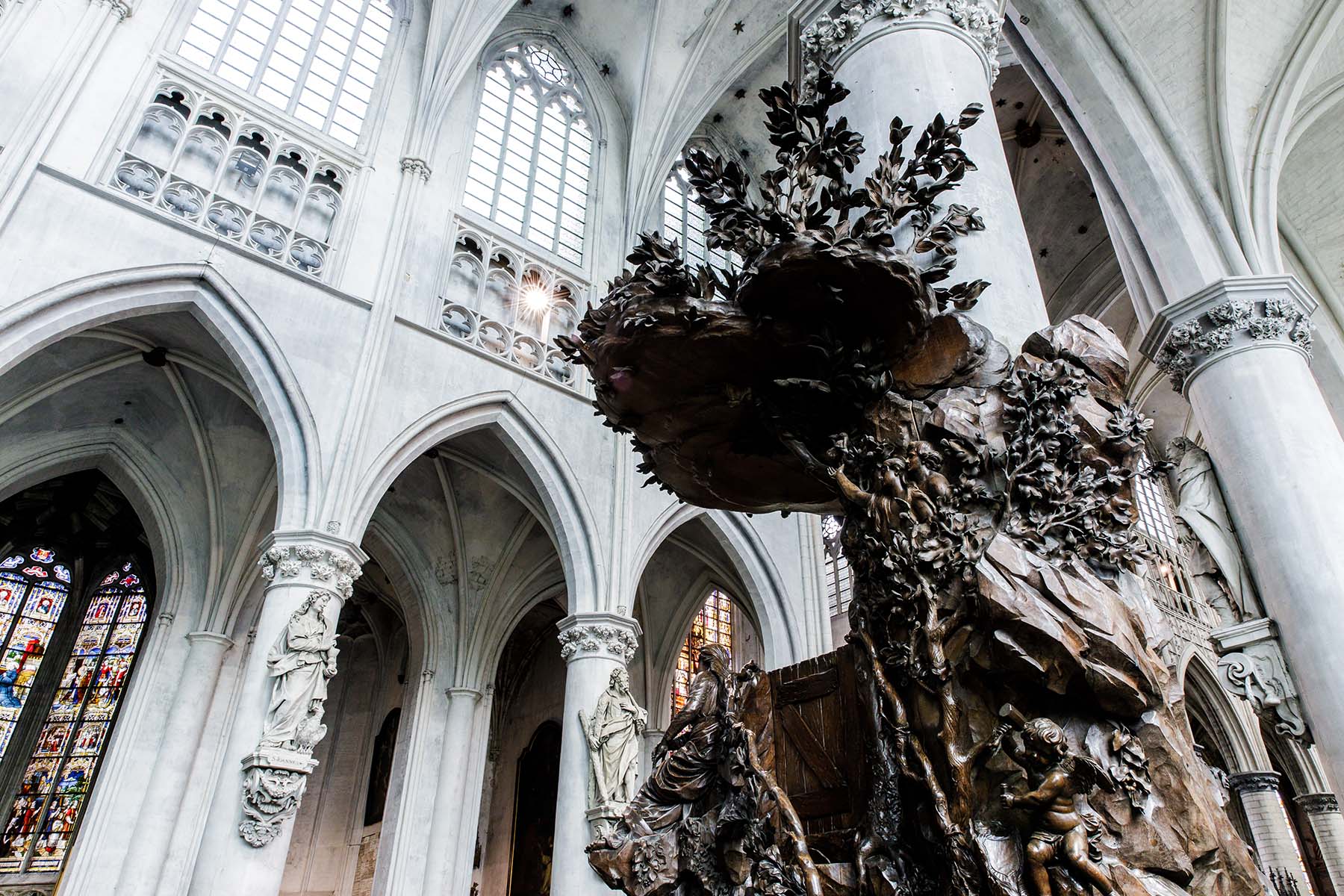
Flemish art and immortal masterpieces
The interior of the Cathedral today is a journey through the history of Flemish art. Among the most famous works is Antoon van Dyck's Christ on the Cross. The painting, inspired by the master Rubens, represents a moment of the highest artistic expression because of its emotional and compositional intensity. Originally placed in the town's Franciscan church, the painting was taken to France during the Revolution. Returning to Belgium, it was donated by William I to the Cathedral in 1816, where it is still kept as a genuine masterpiece.
Alongside Van Dyck, the cathedral houses works by Michel Coxcie, Gaspard de Crayer and Abraham Janssens. A central role is also played by sculptor Lucas Faydherbe, a pupil of Rubens, who in 1665 created the majestic Baroque marble high altar, decorated with 25 narrative panels and the tombs of archbishops.
A sacred space for the city and collective memory

In the 17th century, during the Counter-Reformation, the cathedral underwent a thorough renovation of its decorative apparatus. Monumental statues of the Apostles and Evangelists were added along the pillars, while new stained glass windows contributed to an atmosphere of intense spirituality and liturgical theatricality. Among the most curious surviving elements are the wooden heraldic coats of arms of the Thirty Knights of the Golden Fleece, assembled in the cathedral under the leadership of the young Philip the Fair.
Today, the Cathedral of St. Rombaldo represents a unique heritage, where civil and religious history are intertwined in a continuous embrace. Its role is not only as the archiepiscopal see of the Mechelen-Brussels diocese, but also as the custodian of a collective memory that spans the centuries and is renewed every day. To climb the tower, to listen to its bells, to admire the works of art is to take a journey into the history and soul of Flanders.
